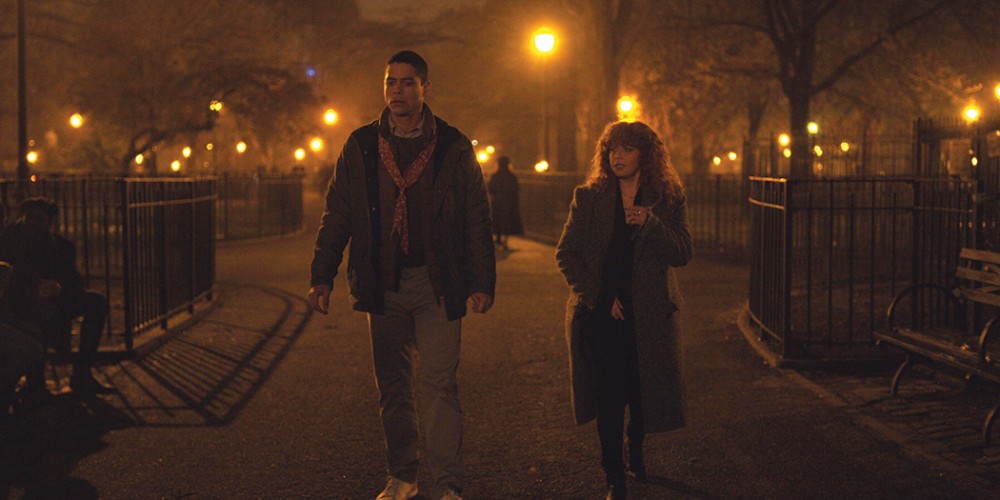In Russian Doll, Nadia and Alan are dying to learn how to live
Nadia denies that her journey is about morality, but it is.

In the Netflix drama-comedy Russian Doll, the lead character Nadia Vulvokov (Natasha Lyonne) repeatedly dies and “resets” on the night of her 36th birthday party, as if her life were a video game. She is a video game designer, and like a character in one of her games, she systematically plays her death night in different ways, trying to find her way out of the loop. She makes different choices, tests consequences, and avoids traps, but she can’t get out of the loop.
Russian Doll reflects the genius of Lyonne, Leslye Headland, and Amy Poehler, a combination that gives the show a wry tone while it explores its own alternative metaphysics. Like The Leftovers and The Good Place, Russian Doll joins a stellar list of TV series that reach beyond both secular or traditional religious ideas about “reality” to ask questions about human relationship. Nadia denies that her journey is about the “m-word,” morality, but it is unquestionably about how people are connected and what they might owe each other as a result.
Read our latest issue or browse back issues.
We get the first clue that the answer to Nadia’s mystery is not in hallucinogenics and ghosts (both are theories she tests in different loops) when she decides to spend the night guarding the shoes of a homeless man who, in an earlier reset, froze to death. This is the first time she realizes she can use her unique situation for someone else’s good. Exhausted from sitting up all night, she misses her elevator stop on her way out of the shelter and meets Alan (Charlie Barnett), the show’s other protagonist, with whom, as she recognizes, her story is intertwined.
From this meeting, the show nests stories inside stories, like dolls nested inside a Russian doll, as Nadia and Alan try to figure out what connects them. Alan is sure that their entanglement is a kind of purgatory for being bad people.
“What is this bad people?” Nadia asks him. “There’s Hitler and then there is everybody else.” Less flippantly, she insists that it is too simple and narcissistic to assume that the moral metaphysics of the universe match Alan’s own sense of guilt. She proposes, instead, a kind of multiverse-meets-video-game theory, according to which they have to get back to the moment in the story when their lives became entangled and fix the code that keeps causing the loop. If they can debug the program, the loop will unravel back into linear time.
Contra Alan’s belief, the universe doesn’t seem to care about adultery, casual sex, drugs, or lewd text messages, at least not in an intrinsic way. But it does seem to care about whether the characters can accept—in a way that fundamentally changes their lives—that they need other people.
This might not sound like much of a spiritual revelation, but it is hard won for both of them. Alan is struggling with an undiagnosed mental illness. In order to manage his emotional life, he controls his intimate relationships right out of existence. Nadia has buried a childhood trauma that stretches back to her grandparents, who are Holocaust survivors. Despite being surrounded by friends, Nadia resists any demands placed on her by other people. “Our lives depending on each other for eternity is my own personal nightmare,” she laments. “I don’t want to be attached to anyone—I want to at least maintain the illusion of freedom.”
As that illusion begins to crumble, the rules of their game get more complicated. The protagonists start to realize that their actions are causing pain to those they profess to love and that the problem they have to solve is internal to each of them. They are racing against an unseen clock to hold their world together while trying to do right by other people. It is as though the very laws of the universe are bending to force them to confront the trauma and fear that keep them from embracing their commitments to other people.
This might be narcissistic metaphysics too, but as Alan says to Nadia, lives are hard to change. The show bends time and space to help us think about why it is so difficult to break out of destructive loops even within linear time. And it gives us a beautiful, vivacious vision of why it is worth trying all the same.
A version of this article appears in the print edition under the title “Moral reset.”







